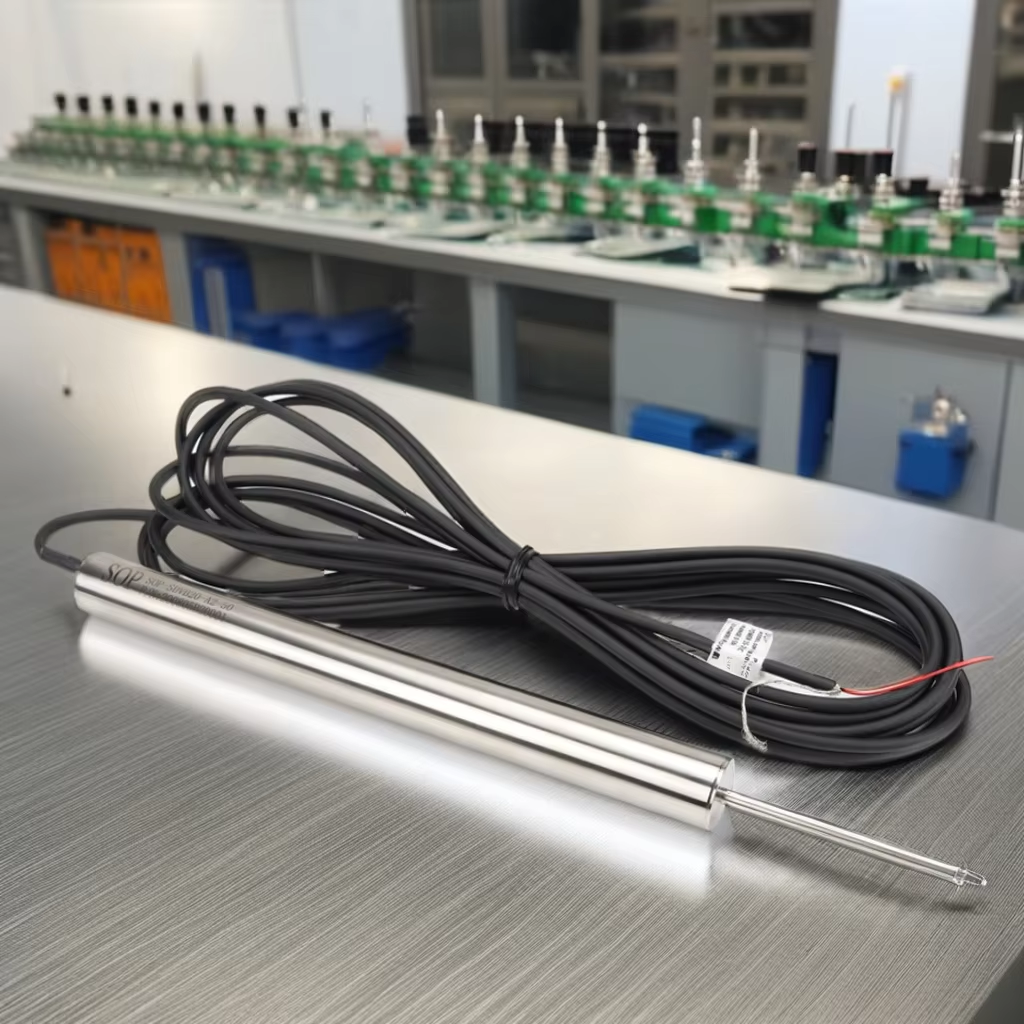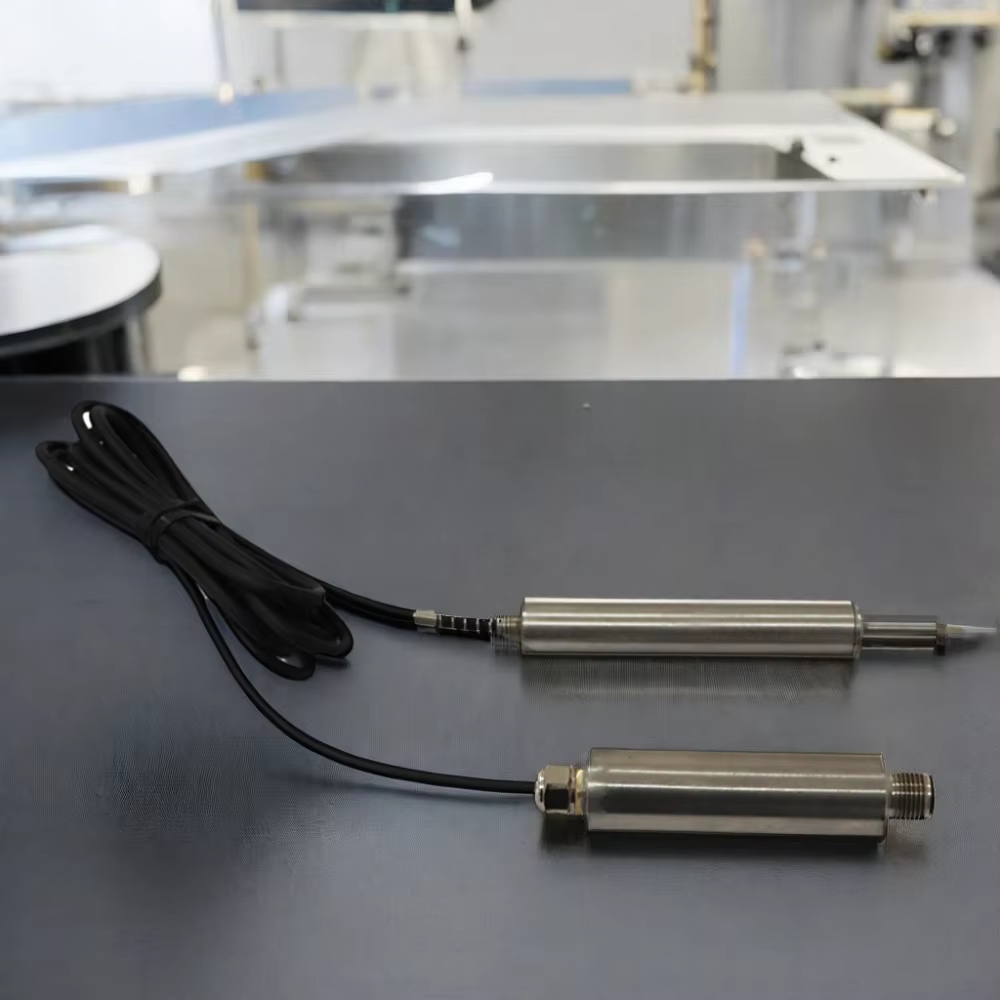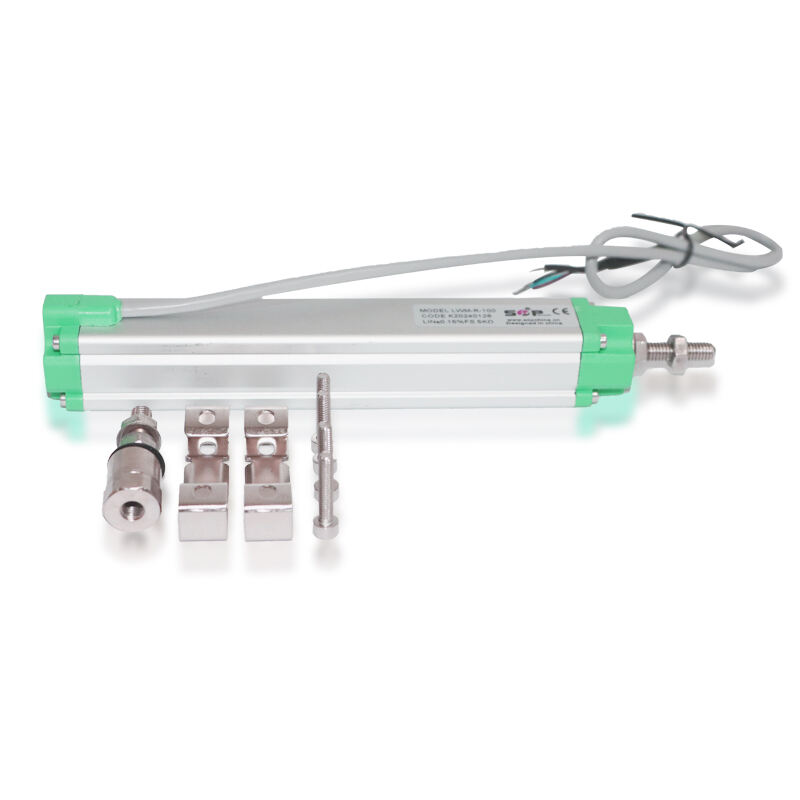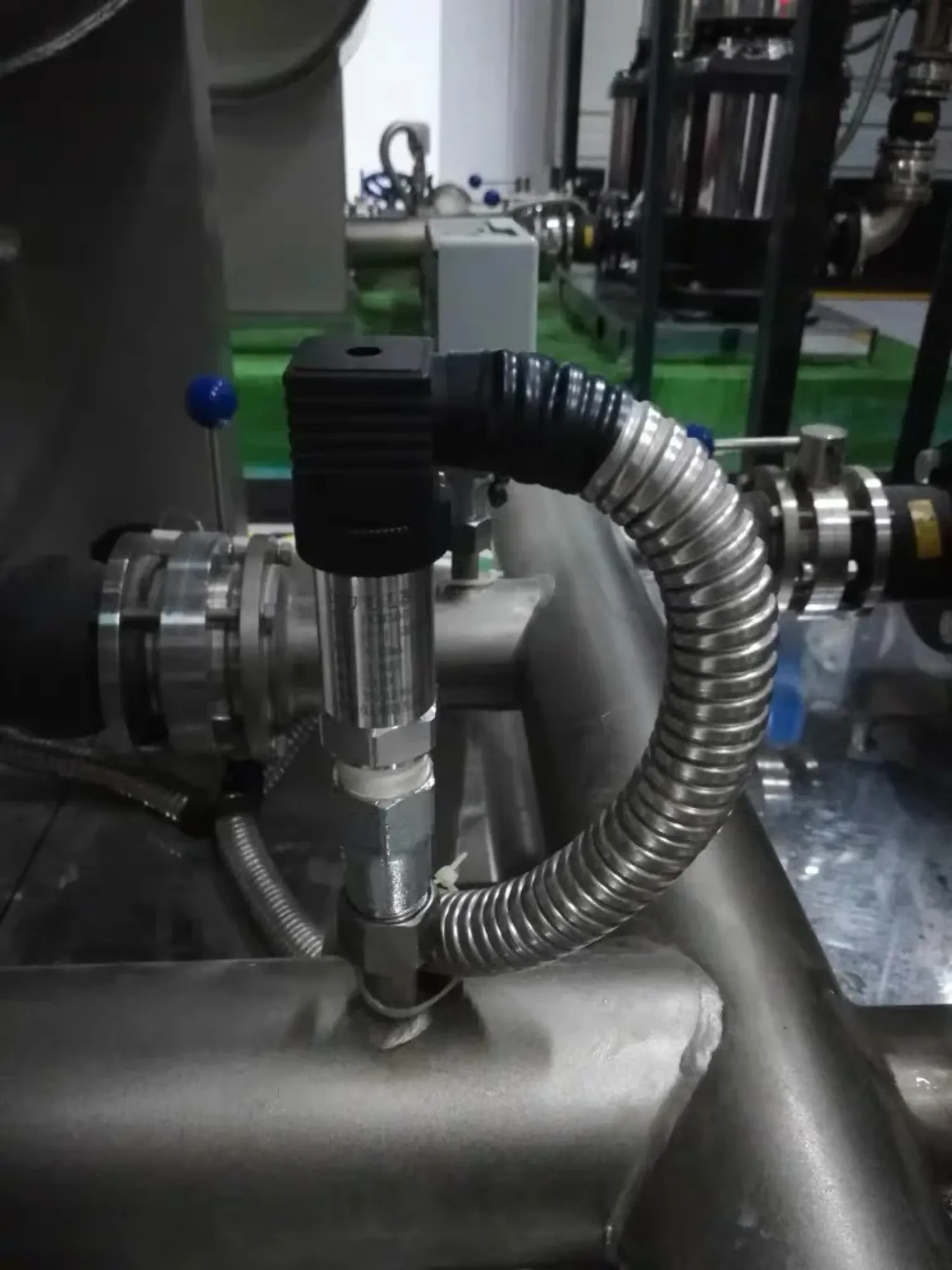
Why Use LVDT Sensor for High-Precision Measurements? In fields where precision is non-negotiable—from aerospace engineering to medical device manufacturing—measuring tiny linear displacements (as small as a few microns) demands a sensor ...
VIEW MORE
Contactless Operation of LVDT Sensors Core Principle of Non-Contact Measurement LVDT sensors use electromagnetic induction to measure displacement, with no physical contact between the sensor and the object being measured. An AC-driven primary...
VIEW MORE
Understanding Magnetostrictive Sensor Technology Core Components of Magnetostrictive Sensors Magnetostrictive sensors are designed based on wave guide, magnetic field and dedicated measuring devices. The waveguide, which is at the center of the...
VIEW MORE
The Role of Draw Wire Sensors in Real-Time Monitoring Systems Understanding Linear Displacement Measurement Linear displacement is an important monitoring quantity in real-time monitoring systems, and reflects the positions of the sensor nodes ...
VIEW MORE
Core Advantages of Wireless Integration in Linear Displacement Sensors Real-Time Data Transmission Without Physical Constraints Wireless technology incorporated in the linear displacement sensors enables real-time data transmission, enhancing t...
VIEW MORE
Understanding Draw Wire Sensors in Automation Systems Core Working Principle of Wire Sensors Draw wire sensors, also known as string potentiometers, operate on the principle of linear displacement measurement. They achieve this by unwinding a wi...
VIEW MORE
Fundamentals of LVDT Sensor Operation Core Working Principle Explained Operating on the principle of electromagnetic induction, LVDT Sensors convert linear motion to an electrical signal. For a LVDT, think of the core as a moving part insi...
VIEW MORE
Fundamentals of Linear Displacement Sensor Calibration Why Calibration Is Critical for Accuracy Calibration is integral to ensuring that linear displacement sensors provide precise measurements. By establishing the relationship between the sensor ou...
VIEW MORE
Fundamentals of Load Cell Technology How Load Cells Convert Force into Electrical Signals Load cells primarily use strain gauges to measure force, a principle grounded in their ability to deform under applied loads. When force is applied to a load c...
VIEW MORE
Fundamentals of Load Cell Technology How Load Cells Convert Force into Electrical Signals Load cells operate by converting mechanical force into an electrical signal, a process primarily facilitated by strain gauges. When a load is applied to the lo...
VIEW MORE
What is an LVDT Sensor? Core Principles & Design Definition & Basic Operation of LVDT Sensors The Linear Variable Differential Transformer (LVDT) is a specialized electromechanical sensor designed to precisely measure linear displacement. It functio...
VIEW MORE
In modern industrial environments, fluid systems are the backbone of countless operations—powering hydraulic presses, regulating cooling circuits, and circulating lubricants in heavy machinery. Maintaining the right pressure in these systems is...
VIEW MORE